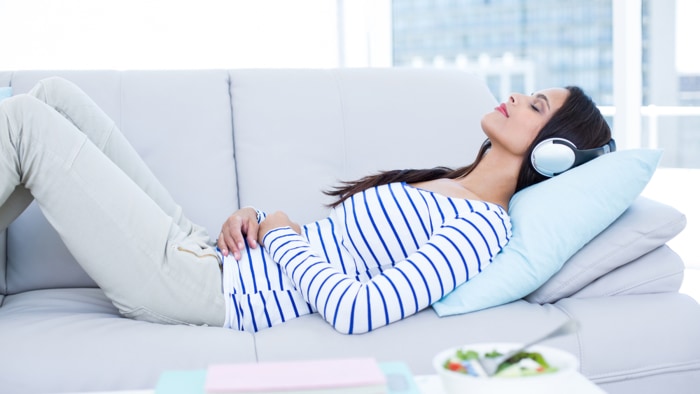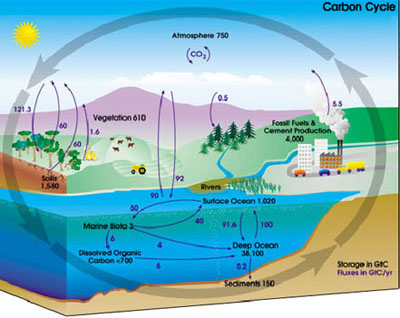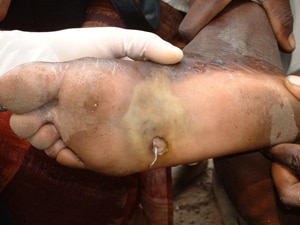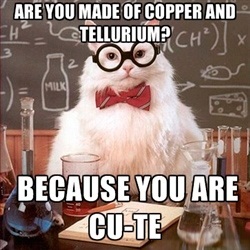Ever sine I can remember, I have always listened to music while I was trying to sleep. Last night as I picked a song to sleep to, I was really curious if there were benefits or if sleeping with music at night was an actual thing. I then got extremely curious about what types of songs matter when you sleep, especially since I ABSOLUTELY need to have the song I’m listening to on repeat for the whole night and that I almost always pick the same type of song. I also know, from a personal experience, that some people take medication to sleep but is that entirely necessary if music can provide the same benefits? I did a little research and this is what I found.

http://www.techinsider.io/science-tricks-to-fall-asleep-faster-and-sleep-better-2016-6
I had a little trouble at first finding something that looked reliable, factual, and not like an add for some sleep therapy. I then turned to the scholarly articles on goog
le and found an amazing source that conducted a study and everything. They defined sleep as a rhythmic process that can be altered as one ages over the years. They, unlike other sleep studies, have decided to focus on the idea of using music to help common sleeping disturbances. The types of music that Hui-Ling Lai PhD RN and Marion Good PhD FAAN, the researchers, used in their study varied in instrument, form, genre, and artist. However, the one thing that the songs had in common were that they had a calming and soothing rhythm. The design of the study was a randomized control trial. This was used to try and eliminate some bias within the study. About 60 people who had sleep discomfort or disturbances were contacted and were willing to participate. The music that the participants could choose from was originally 30 minutes long but researchers asked to extend the tapes to 45 minutes and were able to do so by repeating the first 15 minutes of each song at the end of the song. To determine if music causes relaxation and therefore helps people sleep, the measurements of the study were heart rate a visible respiratory rate that were taken for 30 seconds before and after (at the first home visit and at the last home visit). Participants were also required to keep a sleep log to determine how many hours they’ve slept vs how many they were awake. This included sleep disturbances such as getting up in the middle of the night.

http://www.today.com/health/music-will-help-you-fall-asleep-t15491
At the end of the study, the results are shown in the graph under the title “Component Scores”. These results show that music had efficiently helped reduce sleep disturbances and that the participants woke up feeling more awake and well rested. So, due to experimentation, it is safe to say that sleeping while listening to music is beneficial for a person’s help. One recommendation that I have if you try this for yourself, don’t sleep with headphones in. It is very uncomfortable and will probably the reason the music isn’t working for you. I found that the music that the researchers used were not the same type of music that I listen to but it did have the characteristics of being calming and soothing, allowing me to fall asleep faster and have great nights sleep!
Source:
http://onlinelibrary.wiley.com/doi/10.1111/j.1365-2648.2004.03281.x/full

 http://www.visionlearning.com/en/library/Earth-Science/6/The-Carbon-Cycle/95
http://www.visionlearning.com/en/library/Earth-Science/6/The-Carbon-Cycle/95
 countries. Symptoms do not show up until about a year after being infected. After that, a blister forms and causing the infected to feel discomfort. According to the CDC website, many people put the blister into water to help with the pain and in most developing countries the available water comes from rivers and streams near by where they also get drinking water. It is said that the worm leaves the blister and release larvae into the water due to the change in temperature that they detect. This causes relief of the infected but it also contaminates the water. This creates an on-going loop for the infection to spread.
countries. Symptoms do not show up until about a year after being infected. After that, a blister forms and causing the infected to feel discomfort. According to the CDC website, many people put the blister into water to help with the pain and in most developing countries the available water comes from rivers and streams near by where they also get drinking water. It is said that the worm leaves the blister and release larvae into the water due to the change in temperature that they detect. This causes relief of the infected but it also contaminates the water. This creates an on-going loop for the infection to spread.
